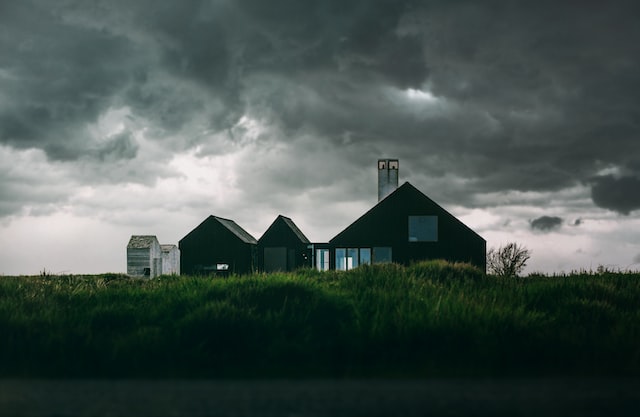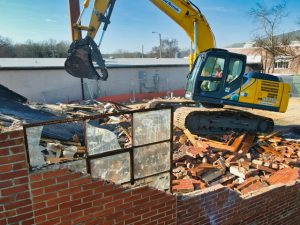Whether you live in a house on the coast, a ranch on the plains, or a cabin in the tundra, some kind of natural disaster is bound to show up on your doorstep sooner or later. Preparing your home for such a potential storm is an important part of protecting your assets and ensuring your family’s safety. Here are three essential steps you should take during the preparation process.
Step 1: Secure the Roof and Remove Trees
The roof is your first line of defense against the elements, and you want to make sure it performs optimally during a storm. At any point in the past, did you detect a leak in your ceiling that cleared up on its own? This is a sure sign of a roof that needs tending to. Just because it doesn’t seem like a big issue now that doesn’t mean it will protect your home in a harsh storm.
Trees can pose one of the biggest potential dangers to people and property during a storm. They may be rotten in the middle, have unstable branches, or be situated too close to your house. In any of these scenarios, a rogue tree can cause a huge problem if it falls.
Fortunately, there are experts who can check out your property and make sure it’s safe. If you live in an area with lots of foliage, you may be looking for a company that offers tree removal services White House GA. These types of companies will remove any dead or dying trees and secure any trees or limbs that are semi sturdy and just need a little extra help – a process called cabling. Different geographical areas, of course, have different needs, but there are options for any landscape and climate.
Step 2: Shop Around for Insurance
After protecting your home from physical damage, it is a smart idea to safeguard against damage to your wallet! Storm damage expenses can be overwhelming and devastating but having the right insurance policy can ease that burden. Most homeowners’ insurance policies have the option to add protection against floods, wind, hail, fire, and snow – basically anything mother nature can throw at you. These policies vary in cost and coverage depending on the area in which you live; compare companies and prices to see which one fulfills your needs at the lowest price.
Step 3: Stock Up on Supplies
This third step is equally as important as the other two but is so often overlooked. Be sure to have plenty of non-perishable food and clean water on hand. If the power is out, you may not have the means to cook normally, so it is a good idea to have a supply of canned goods that you can eat cold if necessary. The rule of thumb for water storage is one gallon per person per day for a minimum of three days.
During a natural disaster, your area could be cut off from rescue efforts for a time. Having these provisions on hand ensures everyone in your household can eat and drink while waiting for help to arrive.
Planning for a big storm or natural disaster is a scary but essential part of homeownership. You and your family can take comfort in knowing you have done everything in your power to be ready for whatever mother nature has planned.



